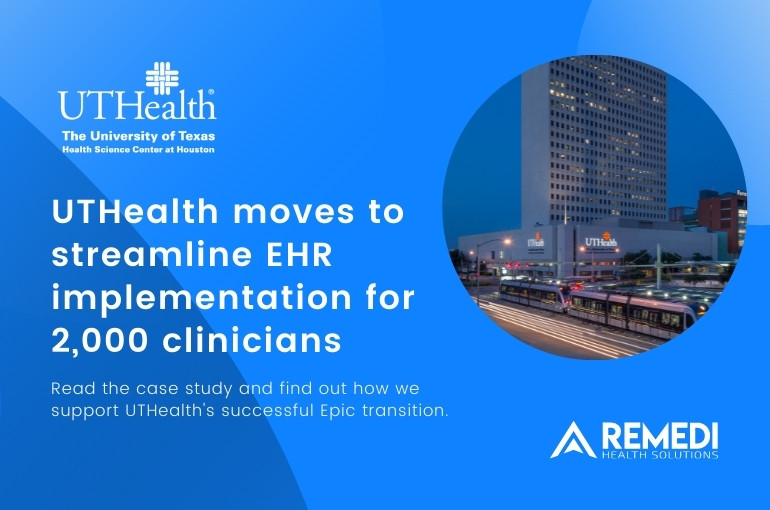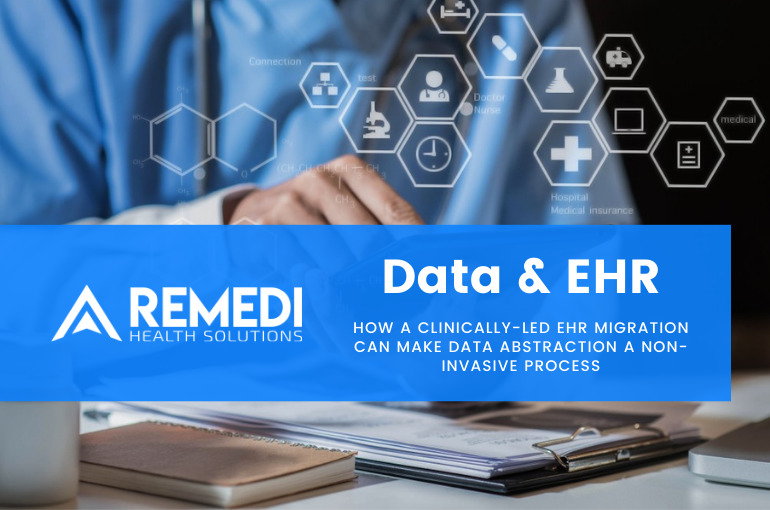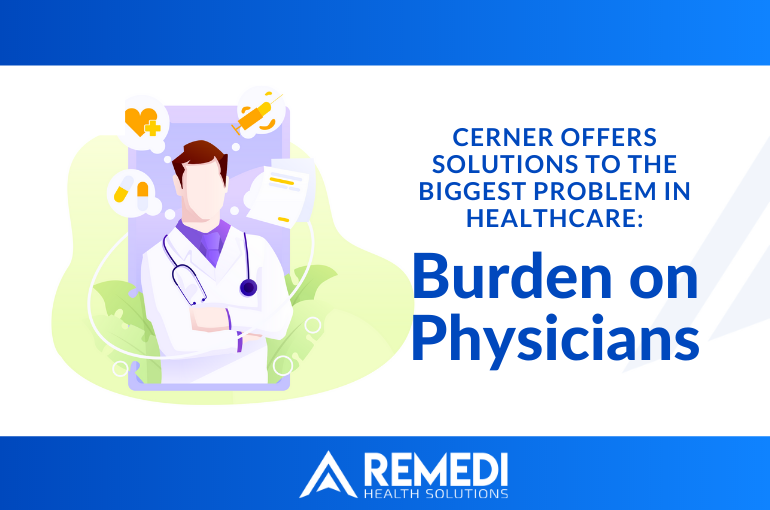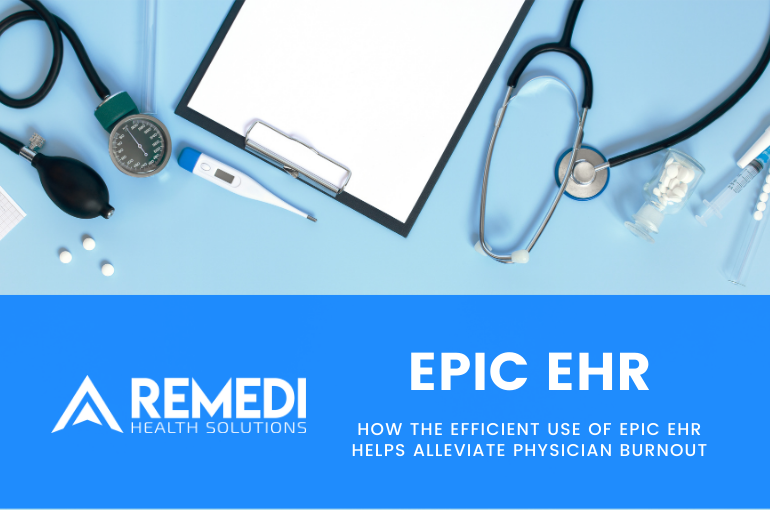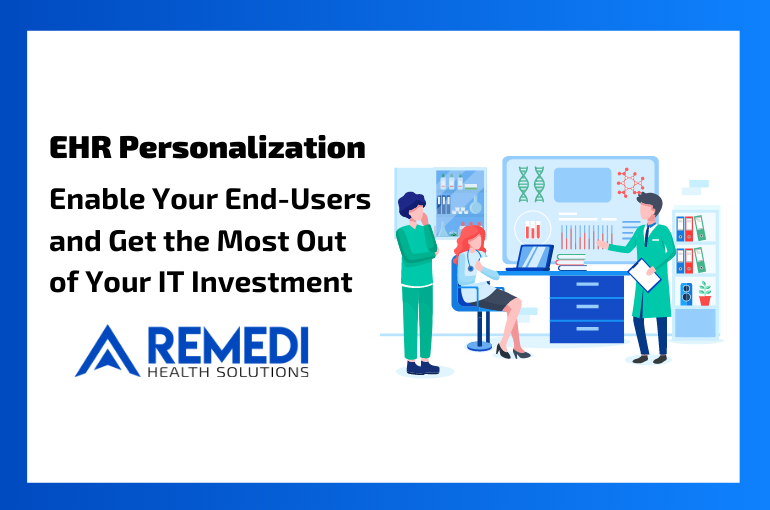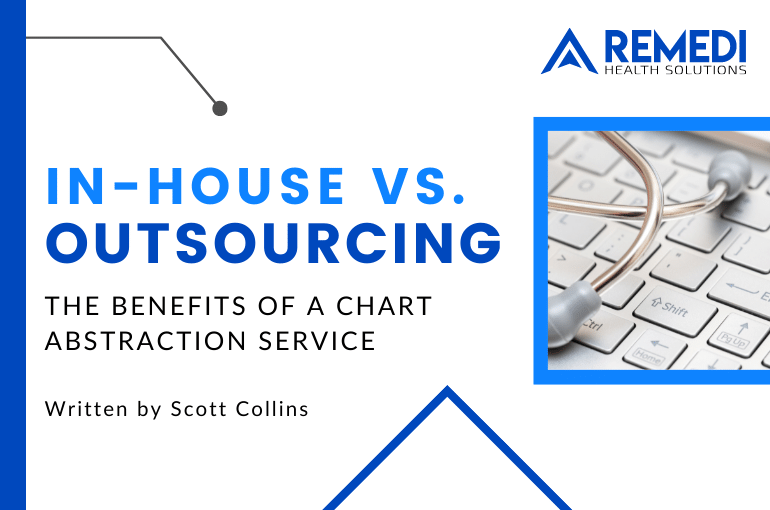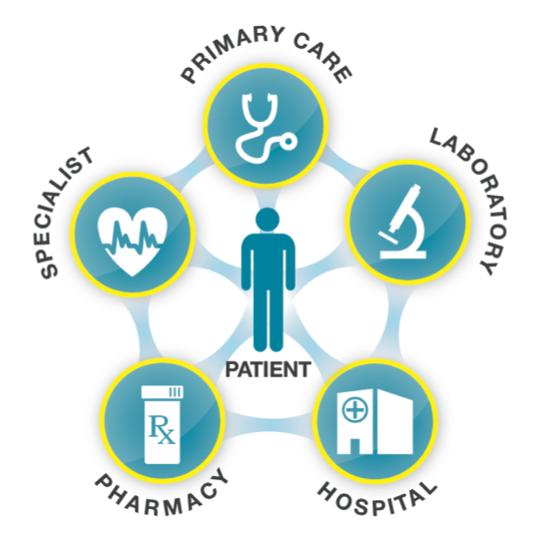Our clinical approach to achieving better healthcare data using EHR chart abstraction methods.
At ReMedi, we frequently support health systems going through transitions at various stages of the EHR life cycle. Along the way, we almost inevitably uncover challenges surrounding the quality of the patient data transferred to the new and existing EHR.
Eventually, that information must be reconciled in the new system with all of the disparate sources, including legacy system(s), scanned documents, continuum of care documents (CCDs), and various databases (archives, HIEs, pharmacy databases, state registries, etc.). It’s just a question of when this happens and who does the work.
Healthcare organizations have two options for this. Clinicians can spend more time on each patient chart before, during, or after the clinic visit. Or, the organization can leverage an outsourced clinical data team to augment the abstraction efforts of the internal clinical staff.
For an even more in-depth view into our approach to chart abstraction, download our comprehensive whitepaper: How A Clinically Driven Chart Abstraction Process Improves the Continuum of Care.
Clinicians vs. Abstractors: Who should do it?
It takes about 20 minutes or more to sift through all of the disparate data sources to reconstruct an accurate patient chart in a new EHR. While the idea of having access to CCD data appears to be helpful, without referencing the legacy system simultaneously to reconcile it, the data itself is not useful. It’s a different story when a clinician looks under the hood at what sort of data gets transferred from the chart. There’s a misconception about data transfer and the format in which information is migrated to the new EHR. When a clinician looks at a new chart after data transfer, it is difficult to determine what patient information is accurate and useful.
The resulting patient chart is often difficult to follow because it’s convoluted, confusing, and inaccurate, containing mix-and-match information from multiple systems. It’s like a fire hose sprayed data into the chart without any clear direction or control.
Clinicians can’t determine what information is the most recent or accurate—or they’re missing data altogether. This can dramatically increase costs from organizational inefficiencies, lower the quality of patient outcomes, and create a dangerous situation for patient safety.
Ultimately, we find that a hybrid approach is optimal, whereby a health system partners with a clinical data team and collaborates to solve the data quality issues within the EHR. This approach relieves the majority of the work from clinicians and lets them focus on highly complex issues that require more time to analyze and solve. Not only does the hybrid model relieve burden and reduce clinician burnout, but it also ensures the highest quality data in the EHR.
What a successful abstraction process looks like
While data science is a field dominated by mathematics, statistics, and computer science, healthcare data requires additional clinical knowledge and close attention to detail. Health systems must leverage clinical oversight on each deployed resource to serve as a valuable extension of their organizations.
The work requires a significant amount of time and effort. But it’s worth the investment. Hindered care delivery and operational inefficiencies are simply not an option.
When done correctly, successful chart abstractions give clinicians a clean slate with accurate data for delivering top-quality care right away. They have more time to improve the patient experience and spend less time making sense of the EHR.
ReMedi’s approach to chart abstraction is to first train our clinical data team. They learn to perform a step-by-step process that considers all the important elements from previous records to ensure patient safety and meet organizational needs.
For example, medications are reconciled against the active medication list, leveraging data from various systems. This includes comparing order dates, prescriptions, discontinued and suspended medications, and other notes documented by clinicians.
When our team builds its strategy for reconciling an organization’s patient data, we develop a gold standard for data governance and how to approach patient information. This trickles down to clinicians making future additions to the charts and leading them to view the EHR as a valuable tool to help provide optimal care.
When it’s time to begin chart abstractions, we begin by developing a step-by-step process to check and reconcile all data sources to ensure we don’t miss any pertinent patient information. We see lots of complex issues with patient records during this stage of data migration. While working through the challenges, we make sure each patient chart supports clinical decision-making from the very first time a provider visits with a patient after the transition.
The biggest issue we’ve seen occurs when clinicians don’t realize what the patient charts look like after migration until the new system is live. Their needs are not often given enough attention during the transition process. And that’s a problem.
Health systems must prioritize data as a vital tool for clinician satisfaction. They must consider the clinician experience at every stage of the EHR transition. This will help improve their adoption, job satisfaction, and the overall quality of new data added later on.
A quick note on the potential for automation
Through our work over the years, we’ve discovered the potential for machine learning to aid our process. By pairing our team’s clinical knowledge with the right artificial intelligence model, our goal is to elevate the industry standards for the speed and accuracy of chart abstraction.
Organizations can make significant strides toward these goals through machine learning and AI-powered automation. For instance, computers could take active medication data, reconcile it, place it in chronological order, remove duplicates, clean up and present it to the clinical staff for review.
This is the future of chart abstraction, and at ReMedi, we are actively working to make it a reality.
Overall, we’re optimistic about the future of health data. As health systems continue to become data rich and accumulate vast amounts of information, health IT companies must create solutions that automate and optimize the clinical process.
Our big and audacious goal
At ReMedi, it’s our goal to make the EHR the single source of truth for clinicians. We are focused on reducing clinician burnout, optimizing chart abstraction, and educating health systems on best practices for documentation and data governance.
Download the in-depth whitepaper for more information on our approach to chart abstraction, and connect with ReMedi to talk more about data quality in the EHR.
This article was originally featured on Healthcare IT Today and was written by Sarah Bavar, RN, BSN, Director at ReMedi Health Solutions.
 About Sarah Bavar, RN, BSN
About Sarah Bavar, RN, BSN
Sarah is a Registered Nurse, turned clinical informatics professional who leverages her time in the clinical setting to improve data quality within health systems. Using her extensive clinical experience, Sarah is dedicated to improving patient care by enhancing the quality of patient data for clinicians and providers. Sarah collaborates with several teams at ReMedi, including leadership, data migration, chronic care management, and health policy. Sarah’s leadership and direction as a nurse play an integral role in improving the adoption of the EHR for clinicians.
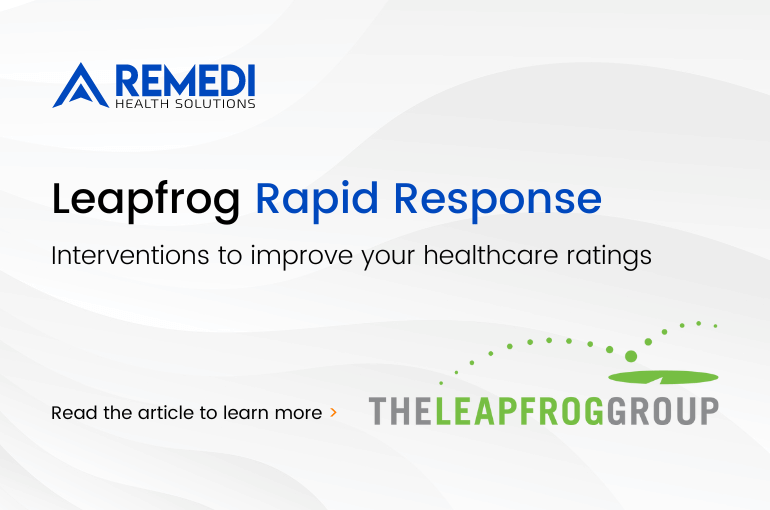
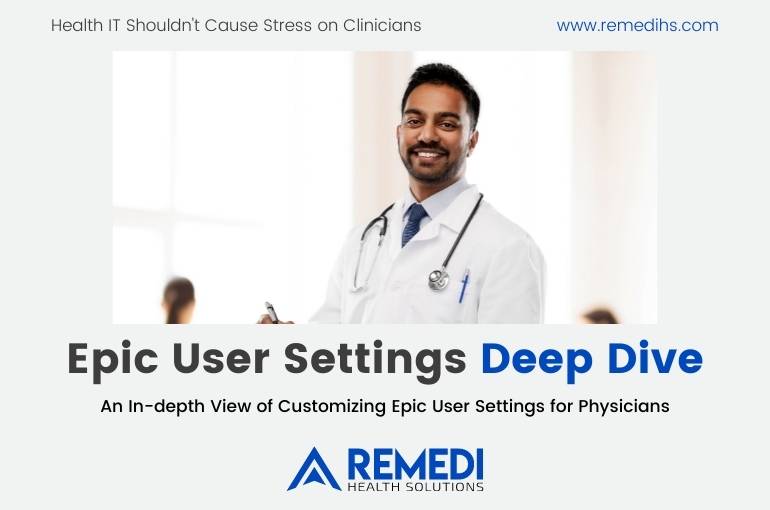
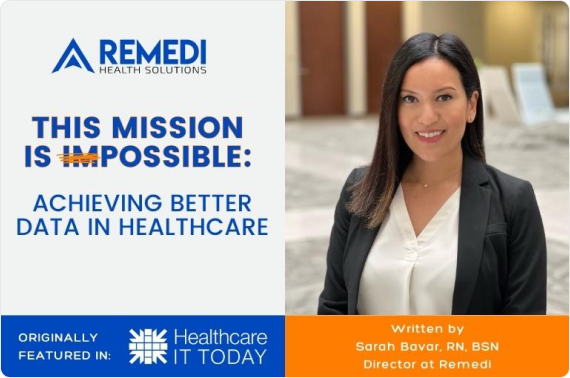
 About Sarah Bavar, RN, BSN
About Sarah Bavar, RN, BSN